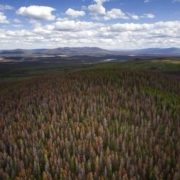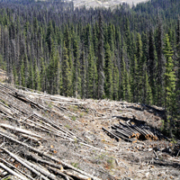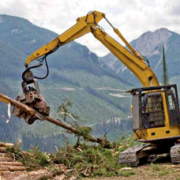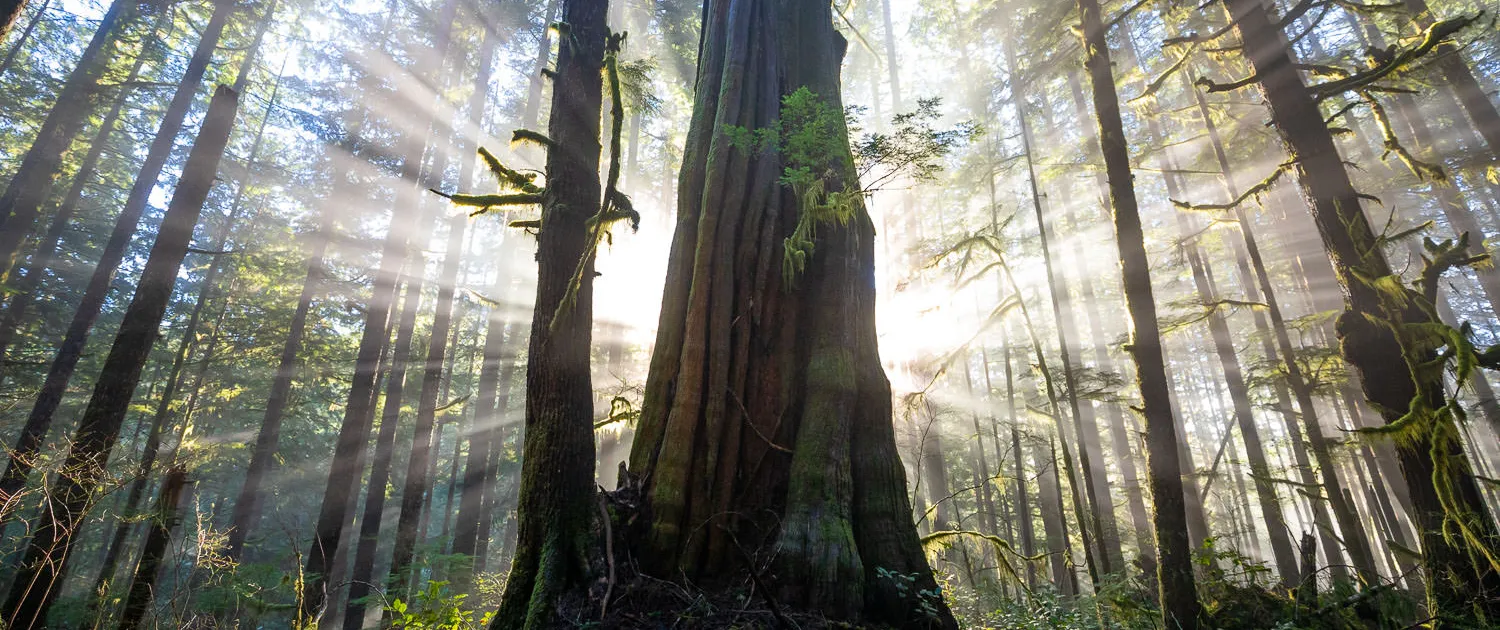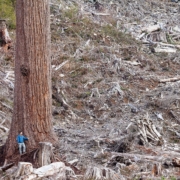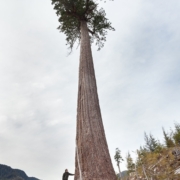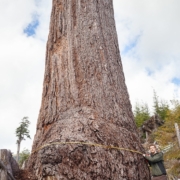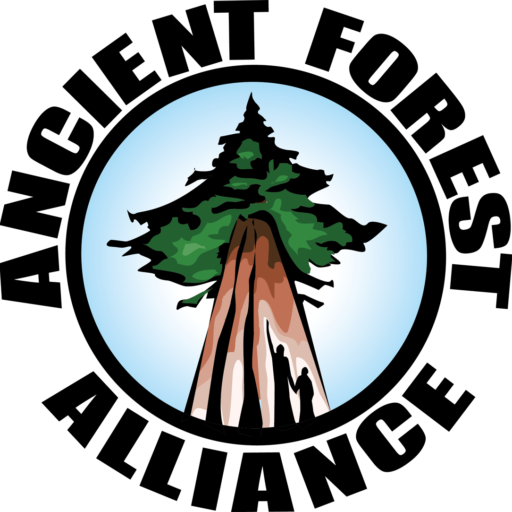Timber companies can’t see the consequences for the trees
British Columbia is in the midst of an unprecedented and unsustainable salvage operation in its interior forests because of the attack of the mountain pine beetle.
And yet, when two of the province’s biggest forestry companies were caught going into those woods and cutting truckloads of healthy green timber meant for future harvests, Forests Minister Steve Thomson’s reaction was as mild as a milk-sated kitten.
After forestry-ministry staff raised alarms, Mr. Thomson signed an order that could have led to hefty penalties for Canfor and West Fraser for taking greenwood in an area where they were supposed to be targeting the dead and dying pine.
In defiance of the chief forester’s order, set down in February, 2008, the two companies overcut 928,000 cubic metres worth of healthy trees in the Morice Timber Supply Area, around the community of Houston, in B.C.’s northwest.
But the minister’s order was rescinded after the companies – both heavy contributors to the governing B.C. Liberal party – agreed to behave. The past is forgiven, no need for consequences.
“I had concerns about the trend we were starting to notice. We looked at the potential for the order. We got the commitments from the companies to operate within harvest management plans,” Mr. Thomson said in an interview.
“The plans are being closely monitored.”
It is because of the dwindling supply of timber that West Fraser is shutting down its Houston sawmill. Just weeks ago, Canfor permanently closed its Quesnel mill for the same reason.
Between the pine beetle and over-harvesting, the chief forester is expected to dramatically reduce the annual allowable cut in the region.
The provincial government has swept in and helped communities in the pine beetle zone, notably Mackenzie and Burns Lake, by securing exclusive timber supply in recent years. But it can’t do that everywhere – there simply won’t be enough trees to sustain even the region’s current, already curtailed, level of industry.
The alarm was raised last week in a special report from the Forest Practices Board, which has found that companies have shifted from harvesting dead pine trees to live non-pine trees that had been earmarked for the future.
“British Columbia is in the midst of a large-scale salvage program, the likes of which has never been seen,” the report says.
“There is nothing sustainable about this harvest; this is a one-time activity initiated by the province to recover value from the trees killed by the mountain pine beetle (MPB) epidemic and to speed regeneration of affected areas … The issue, simply put, is that the more live trees that are harvested now, the lower the sustainable harvest level will be after the salvage program is finished.”
In the same report, the board, B.C.’s independent watchdog for forest practices, also warns the government really doesn’t know how much timber is left to salvage. “There is a growing disparity between government’s estimate of the amount of salvageable timber and the actual economically viable timber available on the ground.”
And it is, clearly, just an estimate. The B.C. Government and Service Employees’ Union says the forest ministry’s compliance and enforcement program conducts a third of the number of inspections of forest operations compared with a decade ago. And a recent report from the Professional Employees Association also warns that the number of licensed science officers, including foresters, has dropped by 15 per cent in the past five years.
NDP forestry critic Norm Macdonald said those cuts make it hard to detect overcutting, and signal to industry that there is little intent to uphold the rules. “The government has to accept responsibility – they have consciously chosen not to collect proper data, which [are] essential to properly manage the public lands,” he said in an interview. “And it means a much bigger problem in the future for communities’ stability.”
The future may not be far off. The chief forester is required only to set the annual allowable cut once every decade for each timber supply area. In this case, however, Mr. Thomson says he wants an update by the end of this year in the Morice Timber Supply Area. “I expect the review is going to show there will need to be adjustments, downward adjustments, in the annual allowable cut in those regions.”
Canfor and West Fraser will have little grounds to complain.

